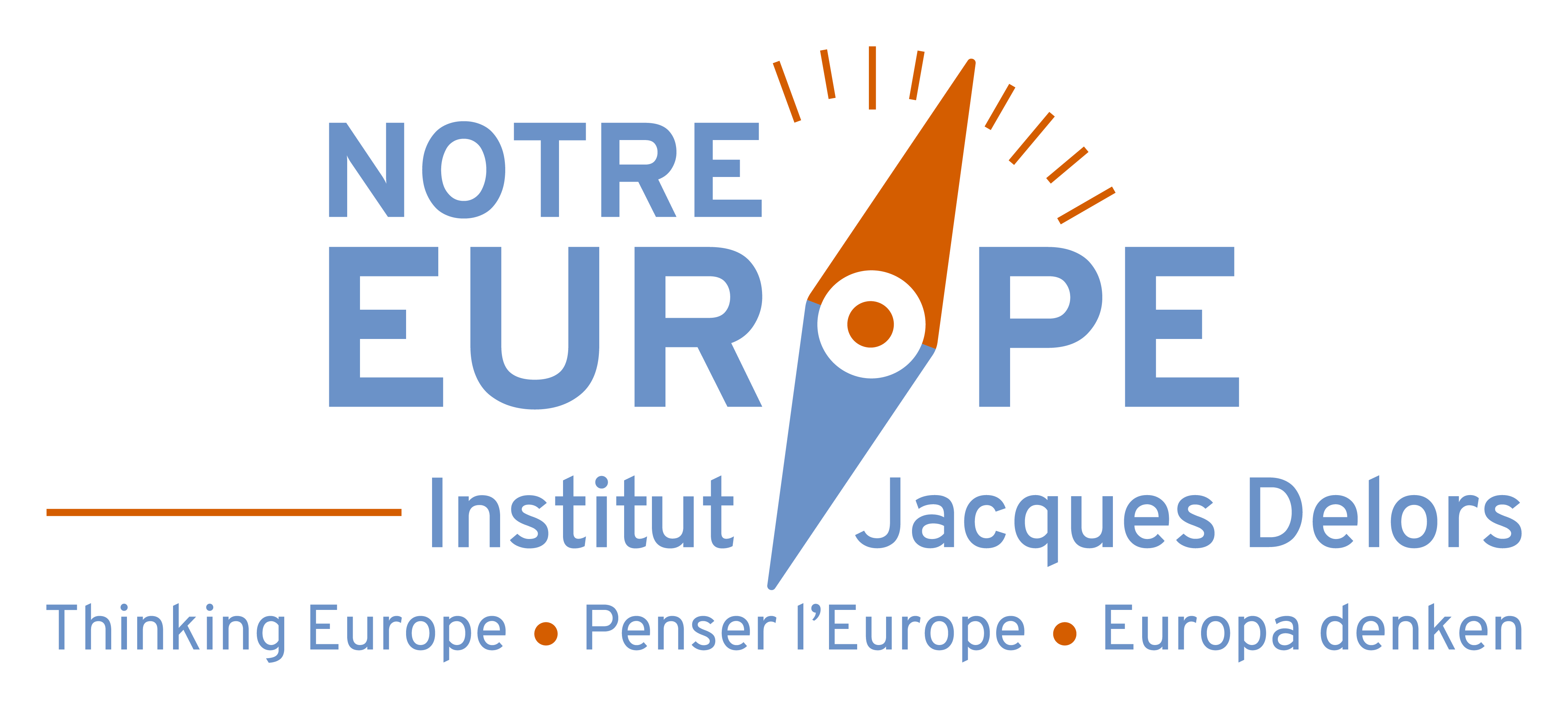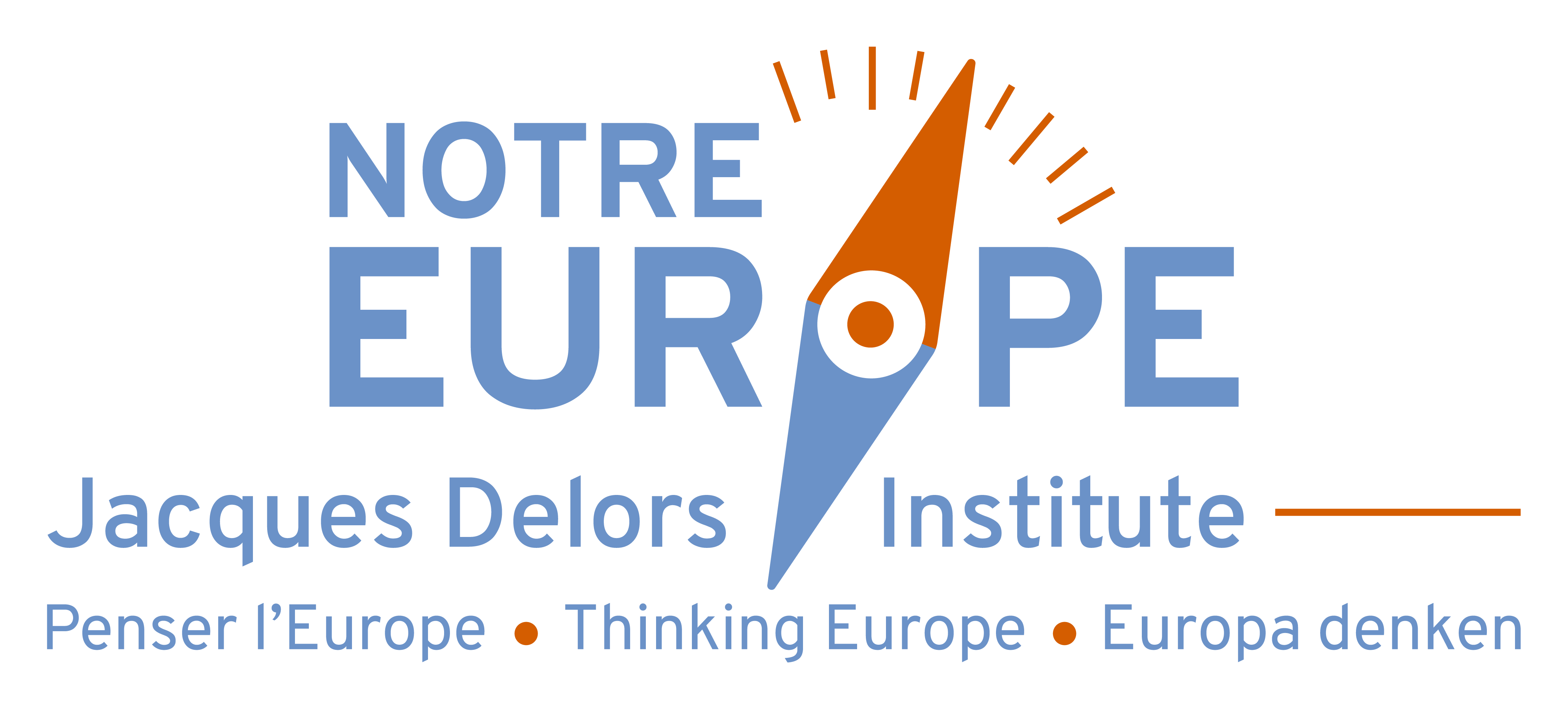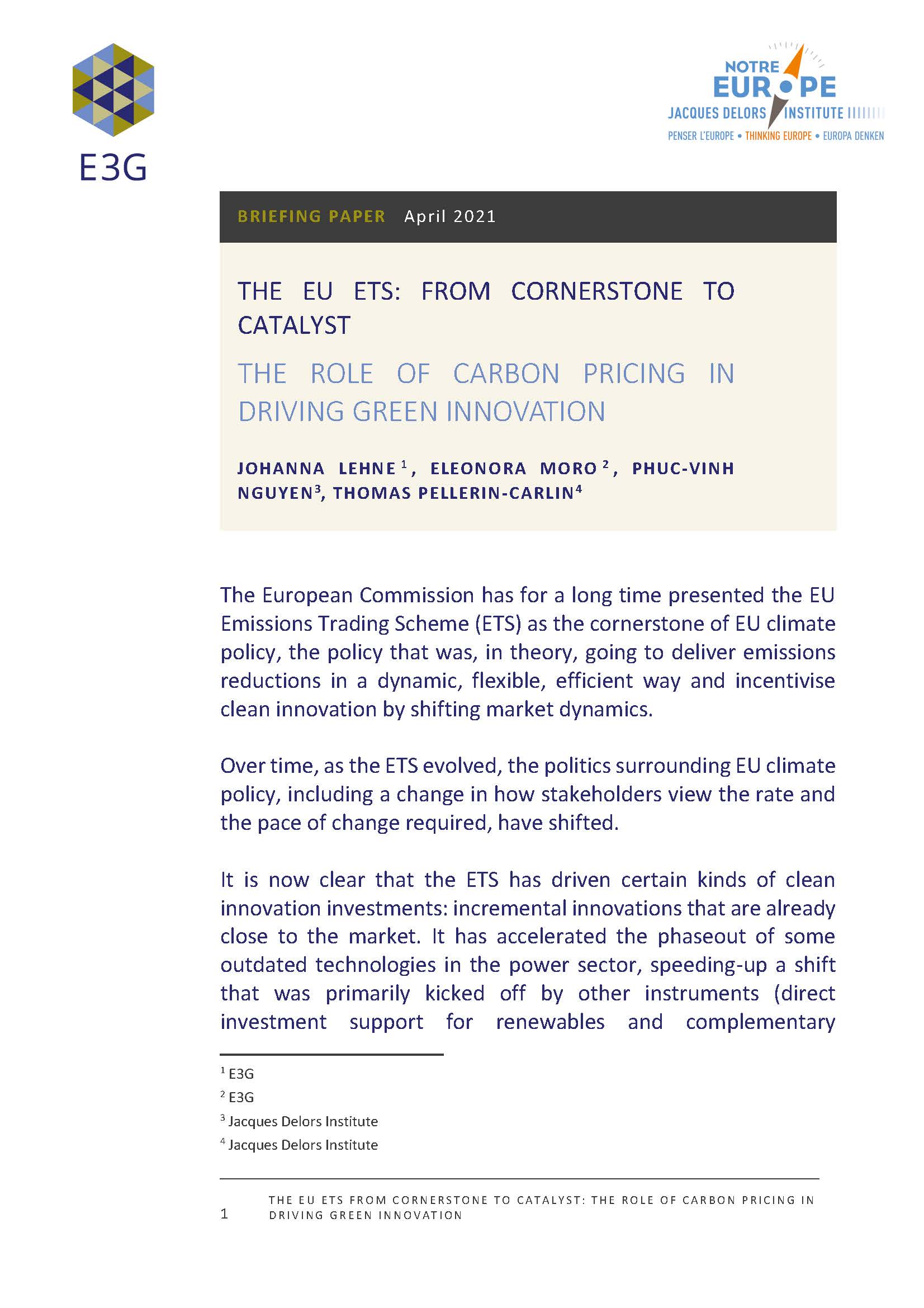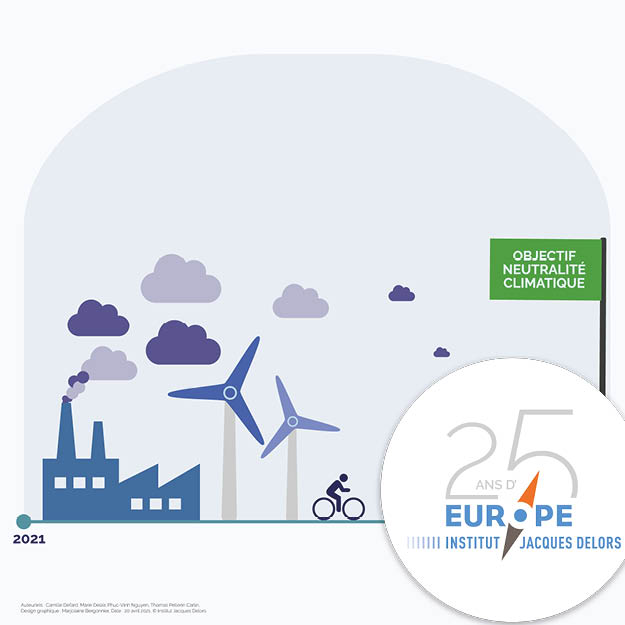Policy Paper
Le système européen d’échange de quotas
LE RÔLE DE LA TARIFICATION DU CARBONE DANS L’INNOVATION VERTE
Par Johanna Lehne, chercheuse senior, & Eleonora Moro, chercheuse, à E3G, ainsi que Phuc-Vinh Nguyen, chercheur, & Thomas Pellerin-Carlin, directeur, du Centre énergie de l’Institut Jacques Delors.
Only in English.
The European Commission has for a long time presented the EU Emissions Trading Scheme (ETS) as the cornerstone of EU climate policy, the policy that was, in theory, going to deliver emissions reductions in a dynamic, flexible, efficient way and incentivise clean innovation by shifting market dynamics.
Over time, as the ETS evolved, the politics surrounding EU climate policy, including a change in how stakeholders view the rate and the pace of change required, have shifted.
It is now clear that the ETS has driven certain kinds of clean innovation investments: incremental innovations that are already close to the market. It has accelerated the phaseout of some outdated technologies in the power sector, speeding-up a shift that was primarily kicked off by other instruments (direct investment support for renewables and complementary regulation). Yet, the ETS has so far largely failed to incentivise the development of solutions to reduce emissions in the energy-intensive industry sectors.
This paper explores the relationship between carbon pricing and innovation, setting out the key theoretical dynamics and elaborating on how these have played out in practice in the EU ETS. It concludes that, while the ETS cannot be the cornerstone of EU climate policy, it can be reformed to act as a powerful catalyst to accelerate the clean energy innovations needed to help the EU reach climate neutrality by 2050. This paper therefore ends with a set of recommendations in the context of the upcoming ETS revision:
- Strengthen the carbon price to foster close-to-market innovation
- Reduce price volatility by implementing an EU-wide carbon floor price that gradually increases over time
- Phase-out free allocations of ETS allowances by 2025 while preventing the occurrence of carbon leakage
- Increase the share of revenues from auctioning of ETS allowances dedicated to research & innovation
- Combine the ETS with ambitious regulatory policies to help pull through climate-neutral innovations
SUR LE MÊME THÈME
ON THE SAME THEME
PUBLICATIONS
RÉVEIL DE LA POLITIQUE INDUSTRIELLE AMÉRICAINE ET RÉPONSE EUROPÉENNE

[EN] Can a minimum price on carbon accelerate the adoption of clean technologies?













